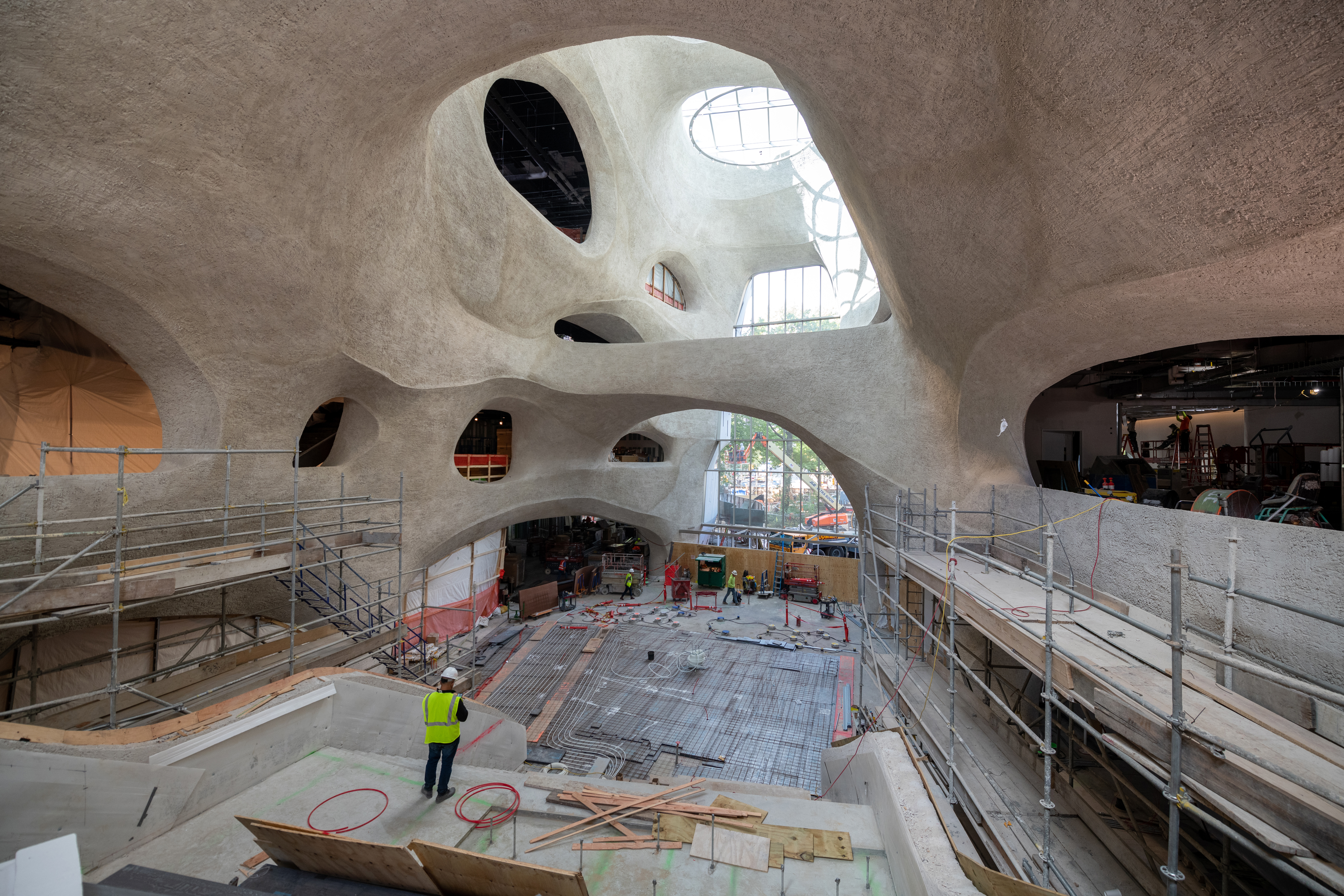
By Wendy Blake
A media tour last week of the Richard Gilder Center for Science, Education, and Innovation, which is slated to open in February 2023, at the American Museum of Natural History, began in the stunning, cavernous atrium that will open onto Columbus Avenue at West 79th Street.
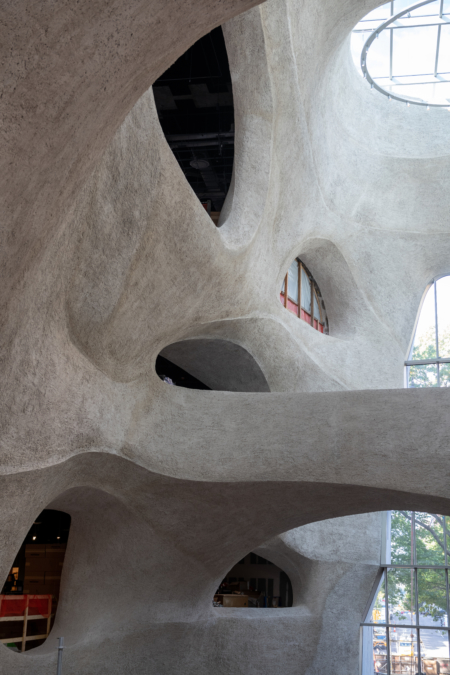
The hollows and undulating surfaces of the light-filled structure were inspired by close observation of natural forms — such as caves and even melting blocks of ice. But the real model was “the flow of energy,” Wes Walker, director of the architectural firm Studio Gang’s New York office, told this reporter.
The surfaces of the new atrium are roughly textured. A museum exec said the original renderings of the project were designed to capture just the “intent and geometry” of the striking-looking structure. The surface as it is enhances the effect of the atrium as a cave or canyon.
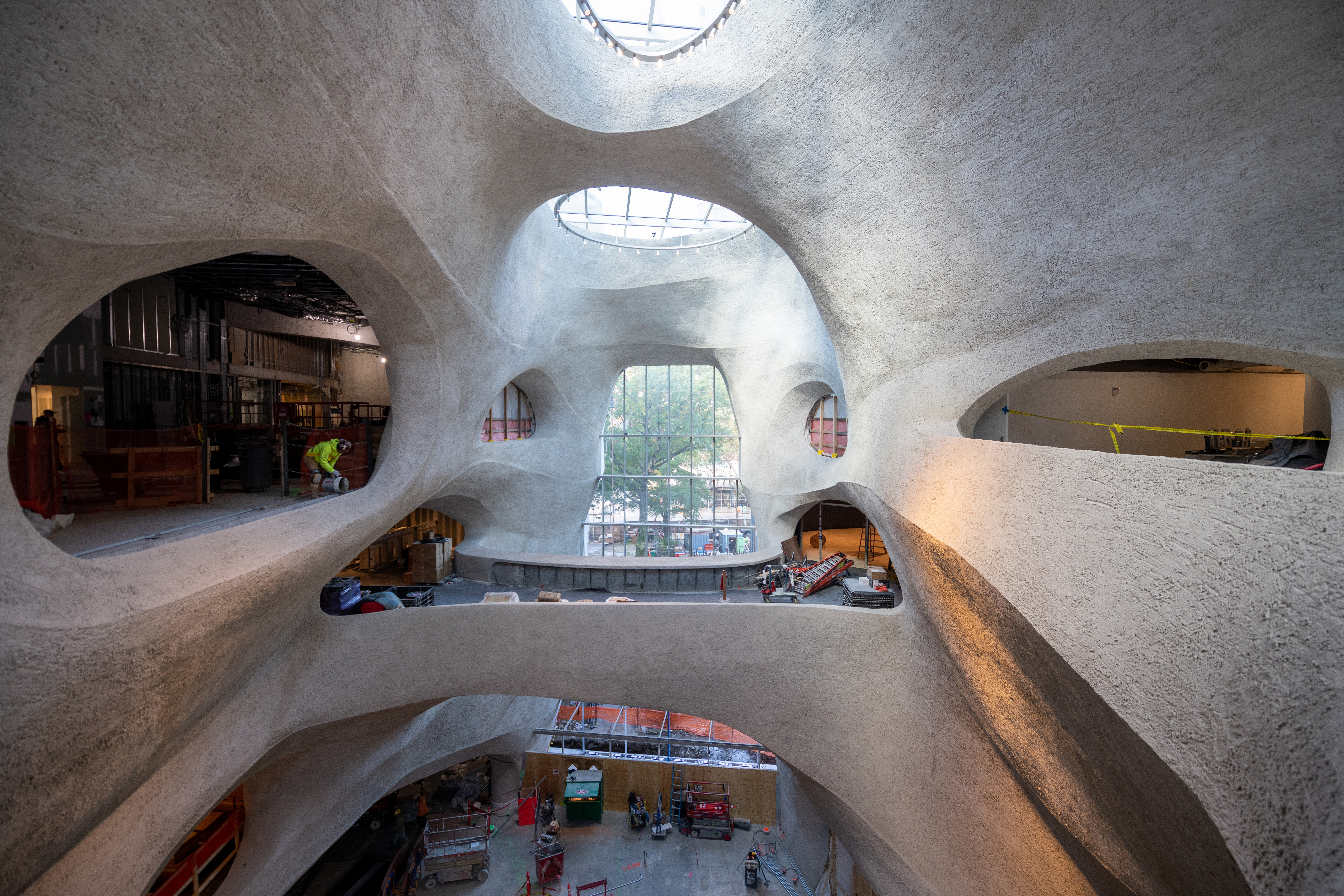
The effect was created by using “shotcrete,” which is sprayed liquid concrete. The technique, according to Studio Gang, is designed to provide a “continuous interior without material seams or joints.”
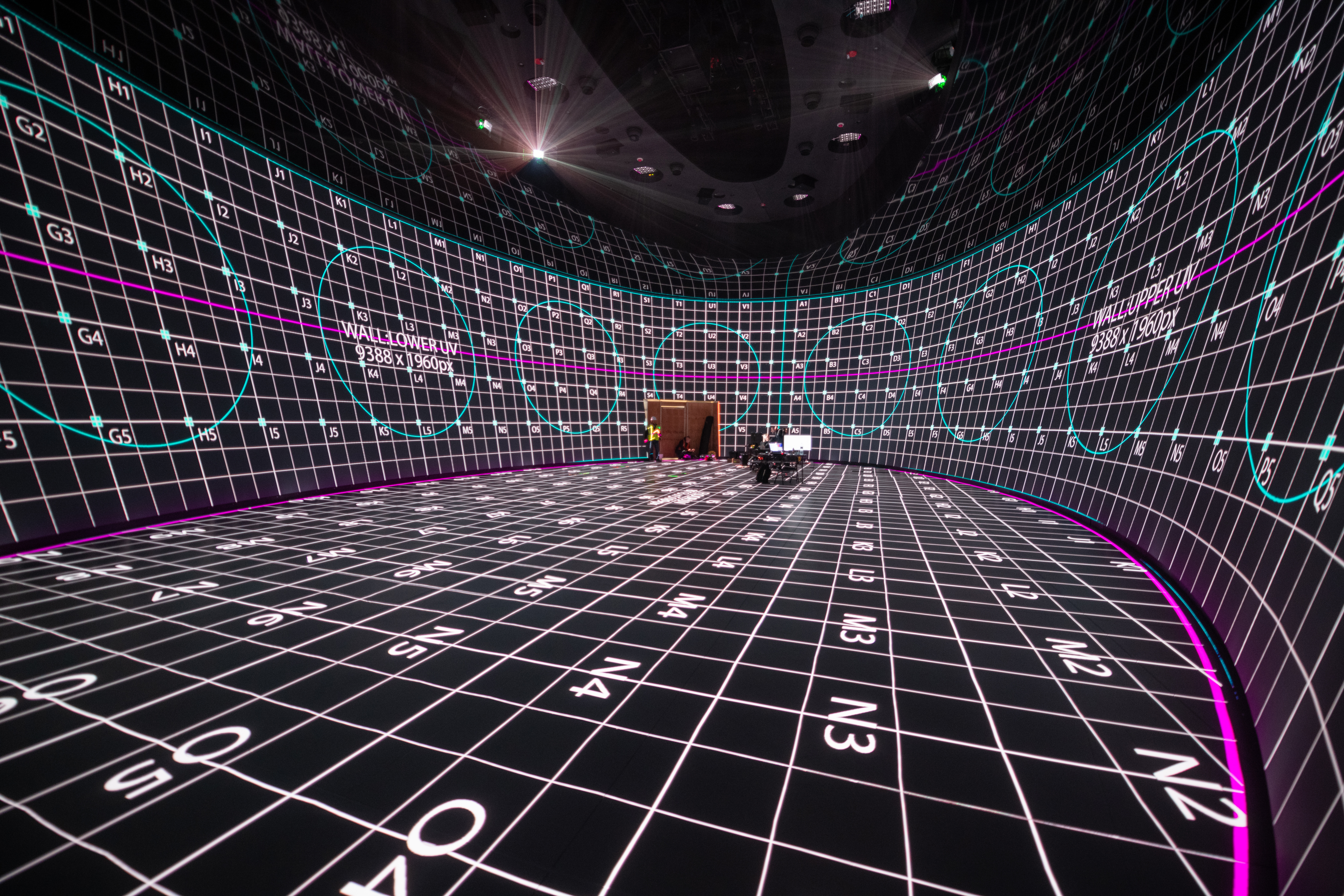
One of the tour’s highlights was “Invisible Worlds,” which gives visitors a 360-degree, immersive experience of phenomena too microscopic or complex to experience otherwise. Graphic designer Marc Tamschick said the one-of-a-kind installation — created through close collaboration between artists (including his eponymous Berlin firm) and scientists — aims to give visitors an “emotional experience” of the unseen: that covers everything from the genome and the workings of the brain to the neuronal network of a dragonfly and interactions between ecosystems.
Highly sophisticated data visualization is at work behind the scenes: data generated from LIDAR scans of the brain, showing its trillions of connections, and information from NASA are employed to create the experience, in which projectors cast 360-degree images on the walls and floor of a bowl-shaped room the size of a hockey rink. The audio is not yet installed, but Vivian Trakinski, the director of science visualization at the AMNH, promises an impressive soundscape. Audio will come through perforations in the walls and will include sounds such as pulsing blood or the calls of whales. She says there will be interactive features — visitors will be able to, for example, fire neurons in the brain — to “remind us we are actors in the history.”
An insectarium will focus on those tiny creatures with whom we share the planet, and whose existence is vital to our own lives. “Many people don’t like insects,” said a museum executive. “We want to change that. We need a global mindshift. Maybe you’ll leave here and think twice before stepping on them.” The insectarium will host colonies of live insects, including leaf-cutter ants in a transparent overhead skybridge (they need to be fed new leaves — without pesticides — every day). Bees will be a focus as well — one scientist said bee life mirrors the social life of New York City. The insectarium will be chockablock with interactive displays, and there will be an area for New York insects (including a gallery literally vibrating with the sounds of Central Park bugs). An entomologist says research at the museum is increasingly shifting from the “mammoth” to the minuscule.
A new library, which has a large tree-like column in the center, branching out at the top, will be available for researchers — as well as the public. A permanent vivarium will feature 80 species of free-flying butterflies, and a vertical collections facility will put four million specimens on display (12% of the museum’s entire collection).
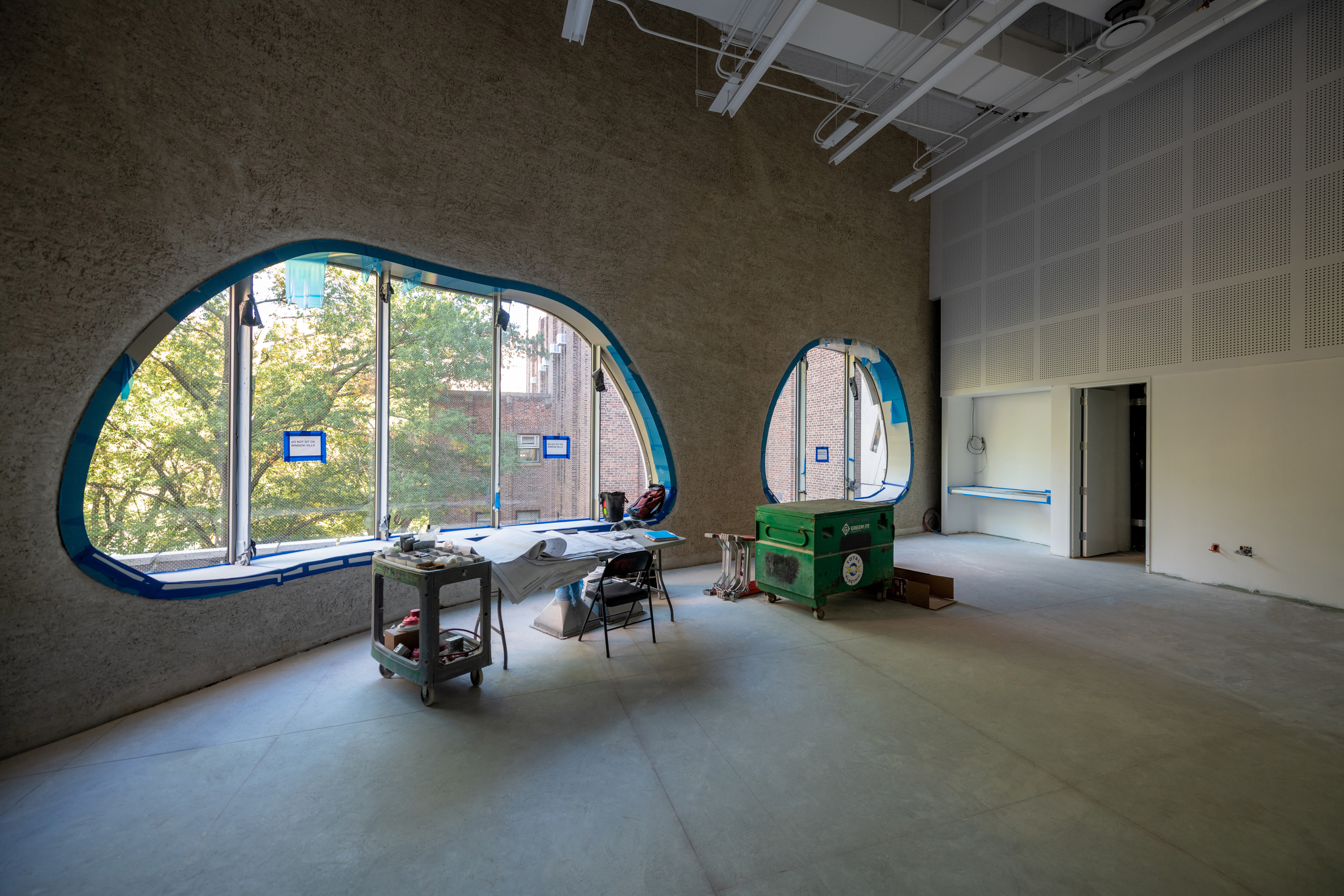
Eighteen new classrooms will focus on nature education. The museum has programs for children as young as two, through Head Start, and relationships with middle schools and high schools throughout the city. One zone will concentrate on college and career readiness, and the museum hopes one day to welcome adult learners. Ellen Futter, who is stepping down in March 2023 after nearly 30 years as the museum’s president, says the goal of the center is to “inspire trust in science”—something sorely needed in these times—and harness people’s “instinct and will to steward and protect the natural environment.”
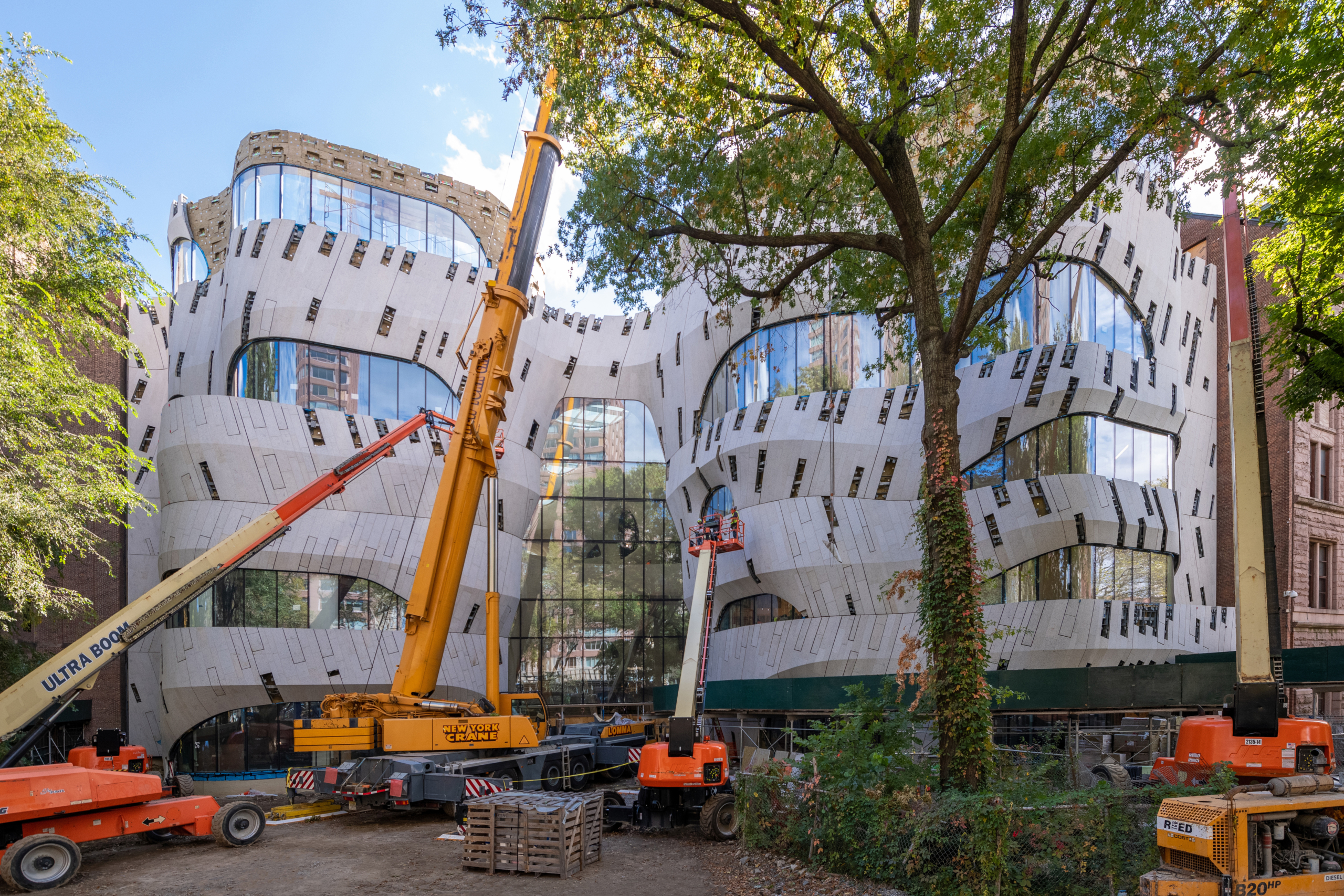
The Gilder Center was designed to unite the sprawling AMNH campus, allowing visitors to move easily from one building to another, whereas before the layout was confusing and visitors wandering through the halls were often met by dead-ends.
The project includes a redesign of the adjacent portion of Theodore Roosevelt Park, with new seating, “revitalized” plantings and canopy trees, and a “welcoming” park entrance from Columbus Avenue.




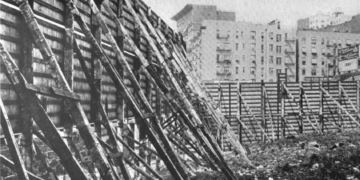




Wow! Can’t wait!
I hope that there will be no charge for anything in the new addition.
It reminds me of La Pedrera – Casa Mila in Barcelona designed by Gaudi.
New is renew.
Nowhere near as elegant as La Pedrera. Kind of creepy, and doesn’t seem to fit in with rest of the museum.
I’ve been wondering what’s been building given all the construction the last few years. Great to get a preview, fascinating!
It looks so beautiful. I am thrilled this is finally happening.
It would have been great to have a green roof since the intention is to inspire people to “protect the natural environment.” What about native plants in Theodore Roosevelt Park? Maybe the museum can still take advantage of this missed opportunity to model environmental stewardship.
would still have rather not lost the significant amount of green space from what is public land
I feel as if the museum is run by people living in a bubble and with no institutional memory.
“Hopes to one day offer classes for adult learners” is not new. The museum used to offer these regularly in the late 1990s. I know because I took them. Based on the age of my fellow classmates I may be the only alum left alive to recall they occurred. The museum also offers adult classes currently. I received a museum email about this just today. The classes are targeted toward educators but anyone can take them.
Similarly, a permanent exhibit with live insects is not particulary innovative. The Smithsonian’s National Museum of Natural History has an Insect Zoo in various forms since at least the 1980s. I volunteered there when living in DC. The “handling” animals were especially popular, relatable, and effective to pique interest. I hope AMNH incorporates best practices of other museums.
I also am curious how the museum plans to maintain/clean the new concrete spray walls. Anyone who lives in NYC with NYC air knows the struggle. Likely they will use pressure washers so will have to shut down the entire facility.
I am so excited to visit this amazing new addition to the museum! Can’t wait!!!
I think it sounds fabulous! I know it’s fun for children of all ages, but I’m a little jealous of all the actual kids who are going to get to enjoy this… I know nerdy 8 year old me would have been in insect heaven here
Glad I have floor to ceiling windows to look at this monstrosity. It’s half The Flintstones/ half The Jetsons and 100% ugly.
I’m sure you can take consolation in the fact you live in an apartment luxurious enough not only to have floor to ceiling windows, but to overlook the museum, too.